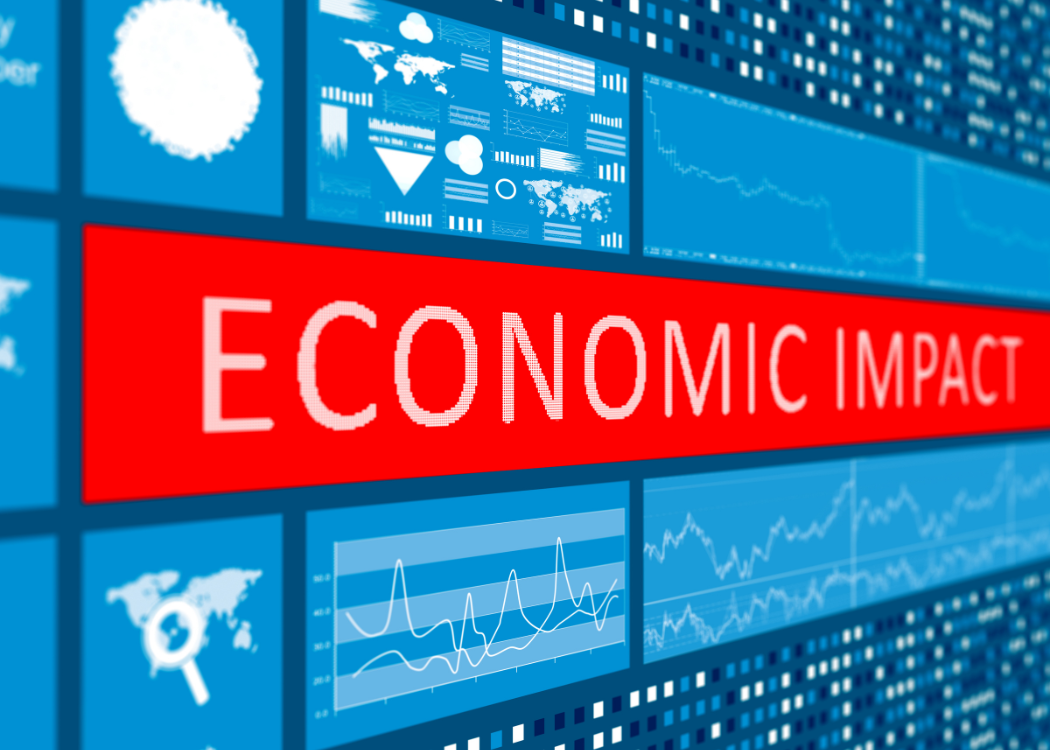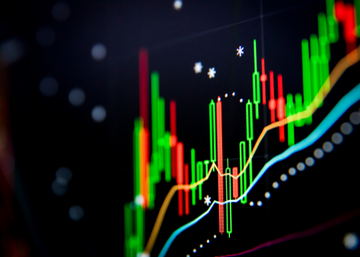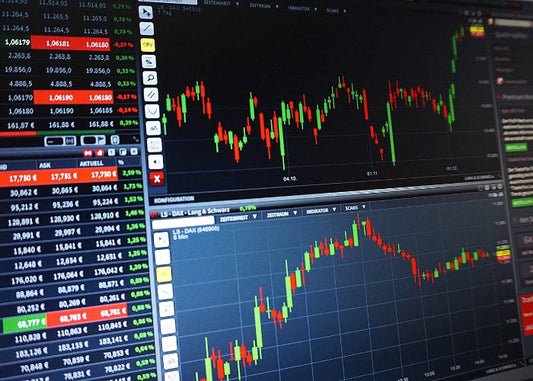How to Look at Economic Data

Every trading week there are dozens of economic indicators being released, but very few of them are actually market moving. I always see beginners questioning the usefulness of fundamental analysis because they see the numbers on a US economic data for example coming out good but the market doing nothing, or sometimes, even doing the opposite.
This can happen simply because the market is not focused on that particular report, or the release is mostly in line with expectations. The market reacts more to surprises or to specific things it is focused on.
If an economic report comes out as expected, then there’s nothing to really take out from it unless the details say something different. Moreover, if the market is not focused on that economic report, then even if it surprises there’s a high probability the market won’t move much anyway.
You need to know what the market is focused on to trade better economic reports. If the market is focused on employment because the central bank made clear that it’s going to adjust monetary policy based on that, then inflation reports won’t be that much market moving and vice versa.
You should also know where you are at in the business cycle. If you’re just coming out of a recession, then no one would care about inflation but focus more on employment, durable goods orders, ISMs, building permits, retail sales and so on. If you are late in an expansion and inflation is getting high, then inflation data get the center stage because the central bank will act to slow it down and that will cool off the economic growth as well.
There’s also kind of hierarchy based on the country releasing the economic reports. Generally, the US data are the most important because the US is the biggest economy in the world. There’s a saying that goes “when the US sneezes, the world catches a cold”.
That’s just to highlight how important the US economy is. So, if the US economy does well, it can create a positive risk sentiment (as long as the rest of the world is not doing bad) and that’s when the US data coming out good can make the USD to actually weaken, as we saw in 2020 coming out of the covid crisis.
On the other hand, weaker and weaker US data can cause a negative risk sentiment and make the USD to appreciate as a safe haven.
Right now, for example, the market is particularly focused on inflation data. Why is that? Because the inflation rate in the US is more than double the Fed’s target of 2% per year and still climbing.
This in turn is making the market to price in a faster tightening process by the Fed and all the things that could come from that like economic slowdown, policy error, recession and so on. The market now doesn’t care at all about jobless claims or some UK or EU data for example, because what could happen in the US will spill over to other markets.
As you can see there’s more to consider when looking at economic data than just noting if the report is better or worse than expected or if the economic calendar says it’s a low or high impact event. You need to have a broader view and to filter what is important in that particular context to trade better economic releases.
暂无评论
主页
特里夫
TriveHub





0条评论